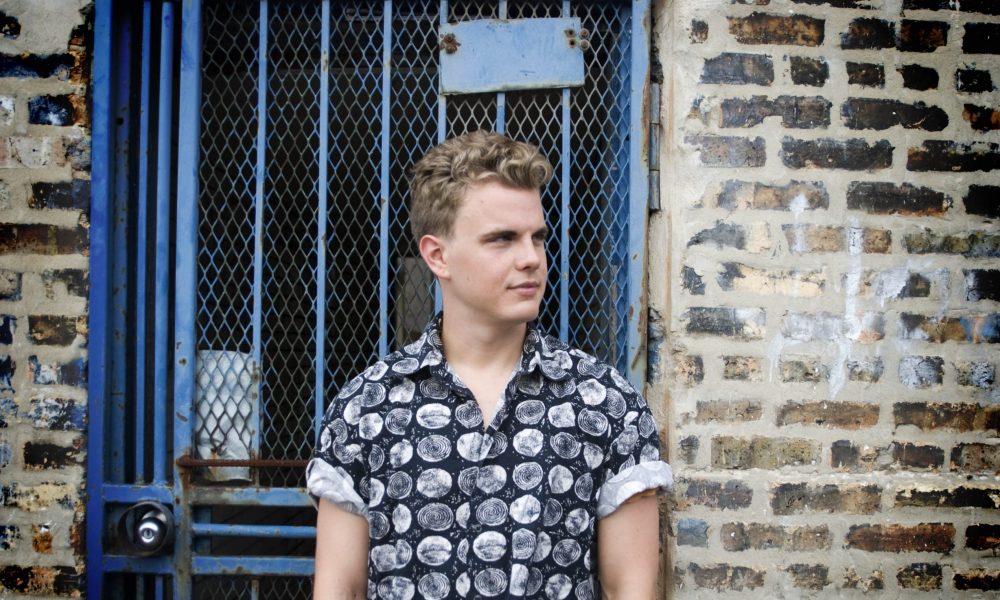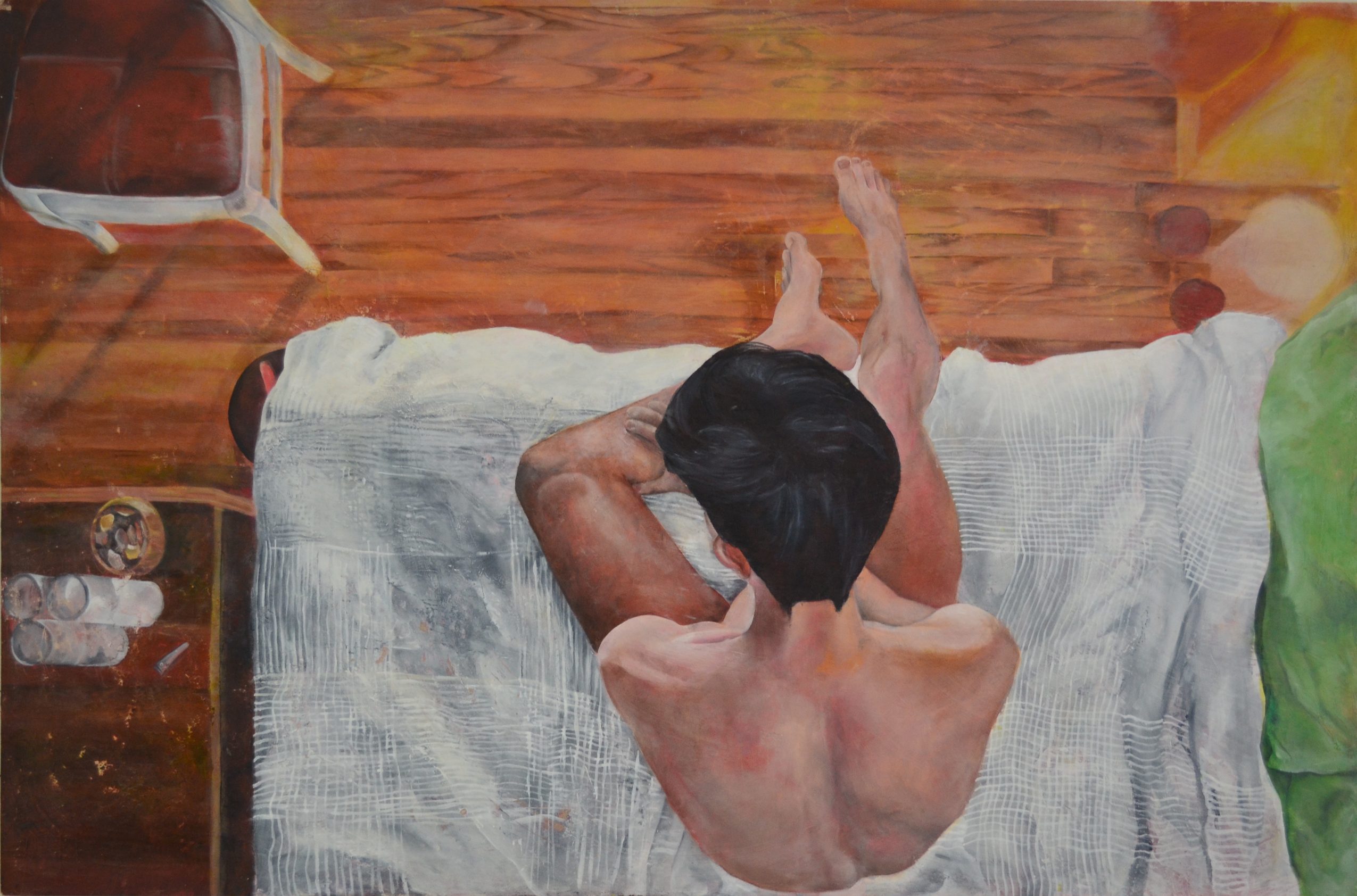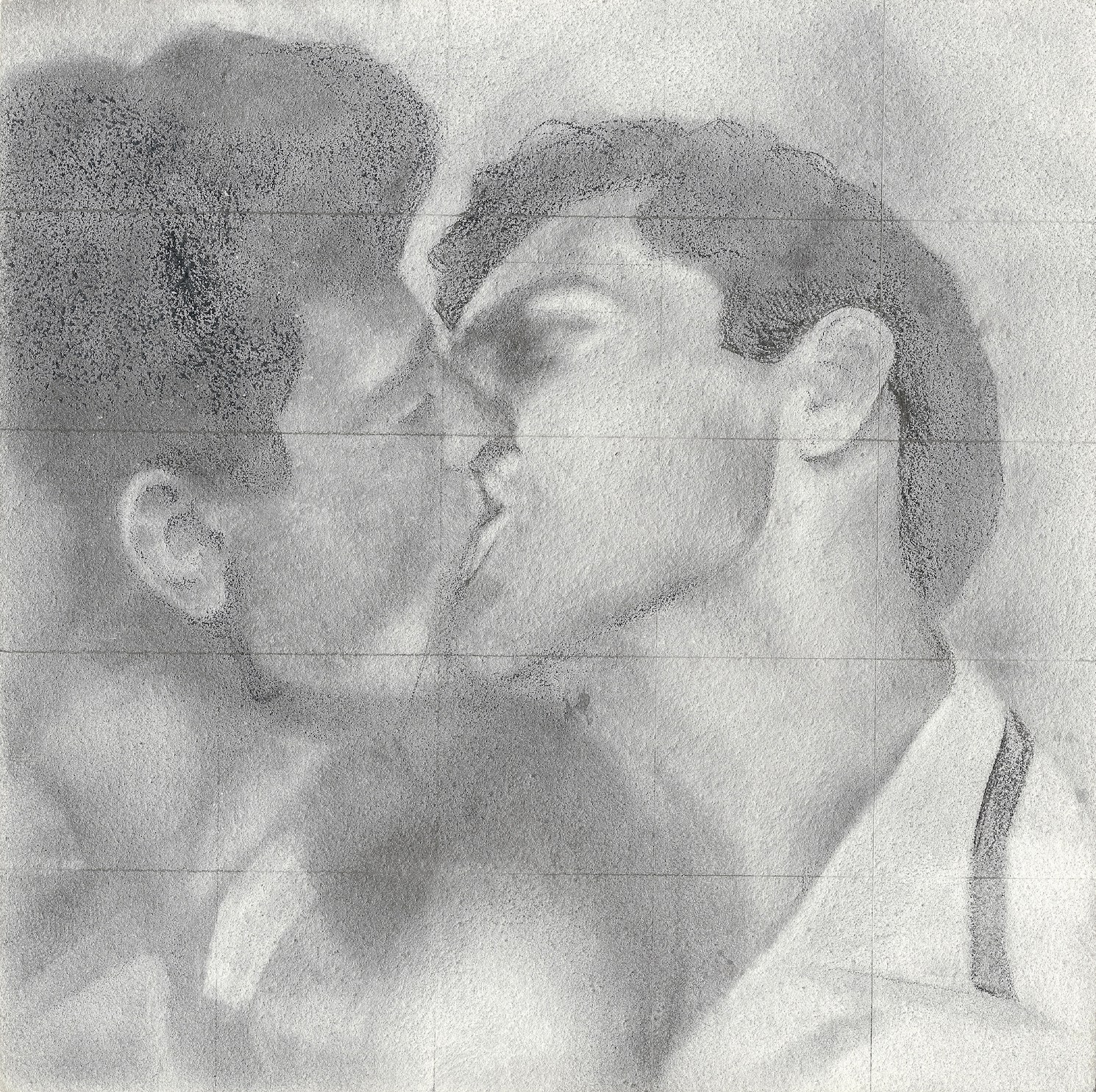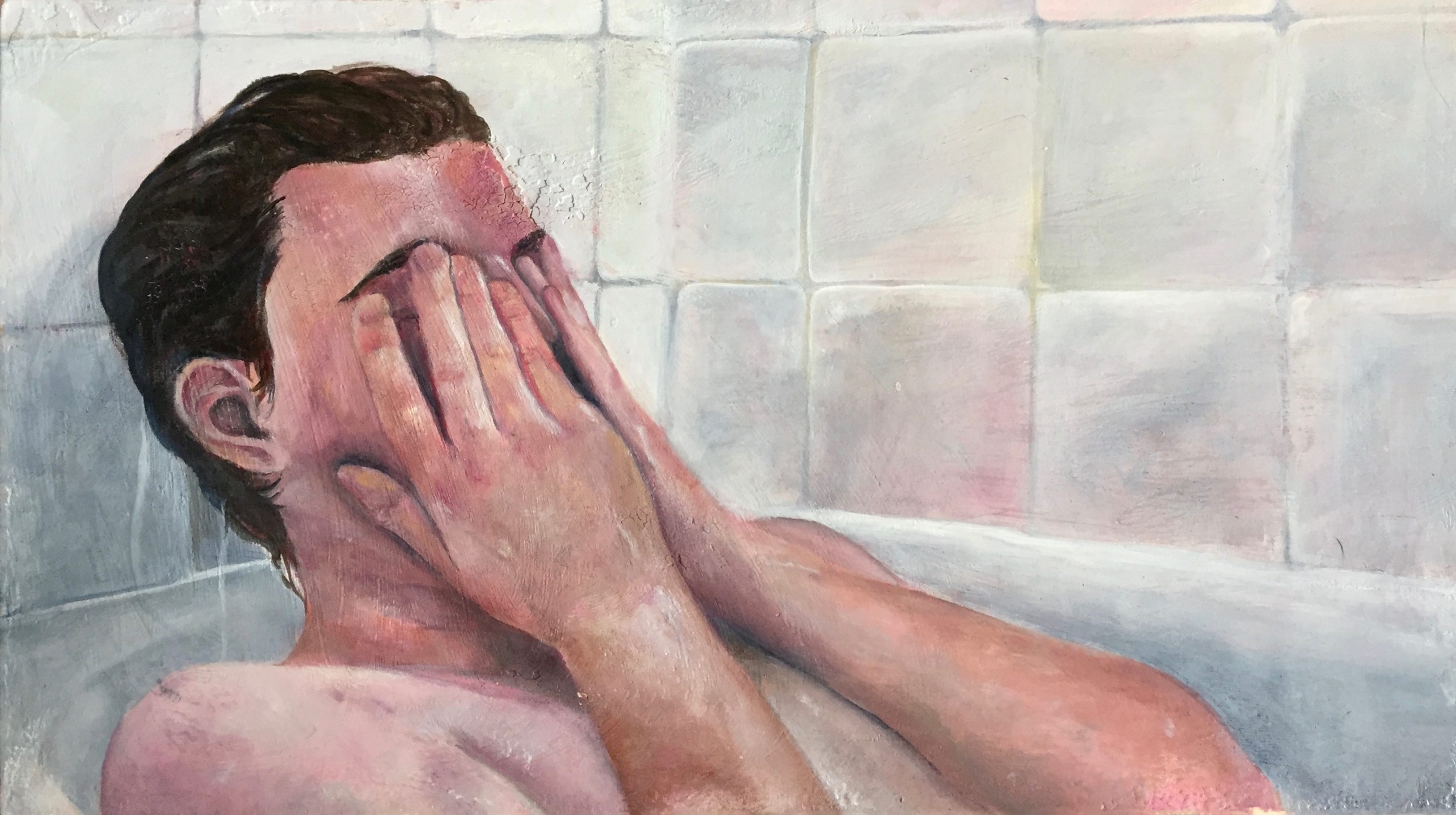

Today we’d like to introduce you to Rick Sindt.
Rick, we’d love to hear your story and how you got to where you are today both personally and as an artist.
I would describe my story as one of reluctance. Art has been a foundation of my life from a young age, but it wasn’t something I properly integrated into my identity until after college. My interests and skill sets have always been widely varied leaving me hesitant to doggedly pursue one course. In school, I cycled through many of the humanities majors before settling on studio art and I am continually questioning this decision. Some days I wonder why I would let myself incorporate something with a rich lineage of capriciousness–-of driving people to madness or suicide–into the fabric of my life. Other days, I consider the tenderness and curiosity art requires and don’t know why I would do anything else. A devoted monk I am not. My curiosity is a net that casts far and wide trying to capture everything possible. Even today, I have my own arts practice, am the Manager of Development and Communications at Arts of Life, help to put on Pitchfork Music Festival every year, and contemplating starting my own tech company.
We’d love to hear more about your art. What do you do you do and why and what do you hope others will take away from your work?
Mostly, I make hyper-realistic paintings and drawings of people.
In broadest terms, my work strives to bring attention to relationships. My various bodies of work focus on our relationships with ourselves, nature, other people, or communities.
My most recent body of work explored the history of gay-male relationships. I scoured archived of photos and found candid images of gay couples from the past. I then selected portions of those photographs and recreated them as drawings. Queer history, and my place in it, is fascinating to me because it is a lineage and heritage that is not passed down genealogically.
I am a collectivist… One of my first artist statements out of school was a rather naive diatribe against the idea of rugged individualism… My hope is that viewers of my work will leave the experience with a renewed sense of a connection or an awareness of a connection they hadn’t considered before.
What do you think it takes to be successful as an artist?
The nature of success is the question I am continuously wrestling with.
When I was in grade school, my parents paid for me to take private art lessons taught by an artist in the small town where I grew up. She was very traditional and in her space a successful art piece was judged on how accurate a representation it was. We talked about formal ideas and our conversations never considered what the intended message of the piece was. “Good art” was a successful copy. This belief was incredibly formative in how I perceive art and has stuck with me–whether I like it or not–all these years.
After college, my friends and I formed a collective where we would meet regularly to show what we have been working on to the group and receive feedback. We missed the critique structure of school and wanted to give our ideas a place to grow. Here, success for me became about productivity. Was I able to make work fast enough and always have something to show the group? Was I able to secure exhibition opportunities? These were easily measurable metrics and if I was able to do these things then surely I was successful, right?
Today, to be honest and vulnerable with you, I am experiencing one of the largest creative blocks of my life. Some of it is rooted in external factors, such as mental health, but a large portion of it is because these last two definitions of success have become untenable. Judging my work based upon standards of realism or productivity is too narrow of a rubric. It creates too much pressure to be perfect. Creativity needs space to be curious and playful. As I work through this block, I am becoming more convicted in the belief that a piece of art is successful when it is able to have its own identity. The most successful piece of art I have encountered are those that have become an entity unto themselves. When I sit in a room with them and can feel their presence. If they are behind me, it is like they are looking over my shoulder. They become their own thing, independent of the maker. It is a rare experience and less than a handful of the pieces I have made in my life have achieved this. There are those who I believe are exceptional at this: Felix Gonzalez-Torres, Alyssa Monks, and Enrique Martinez Celaya to name a few.
I am hopeful about this new definition of success. I believe it holds a lot of truth and takes the lion share of pressure off of me, the maker. Instead of the pressures of the past, all that is required of me now is to spend time with a piece until it has a soul of its own. That sounds rather mystical, but I am comfortable with it.
Do you have any events or exhibitions coming up? Where would one go to see more of your work? How can people support you and your artwork?
Currently, I am not represented by a gallery and so the best way folks can support my work is by connecting with me on social media. There they can see the projects I am working on and I will post about upcoming exhibitions as the opportunities arise.
Contact Info:
- Website: www.ricksindt.net
- Email: ricsindt@gmail.com
- Instagram: @ricksindt
- Facebook: https://www.facebook.com/rick.sindt/
- Other: https://www.linkedin.com/in/ricksindt/





 Image Credit:
Image Credit:
Catie Dabney – Personal Photo
Getting in touch: VoyageChicago is built on recommendations from the community; it’s how we uncover hidden gems, so if you know someone who deserves recognition please let us know here.
















